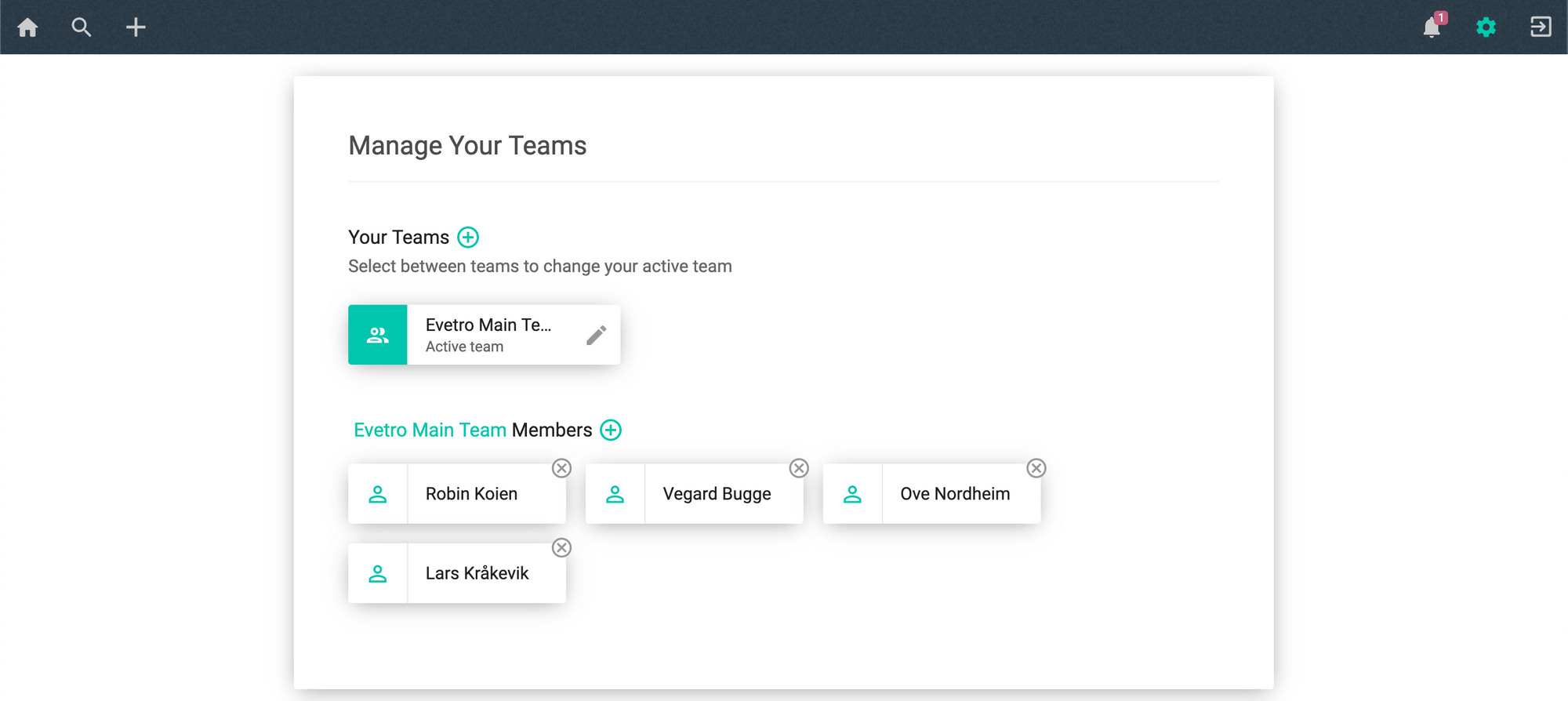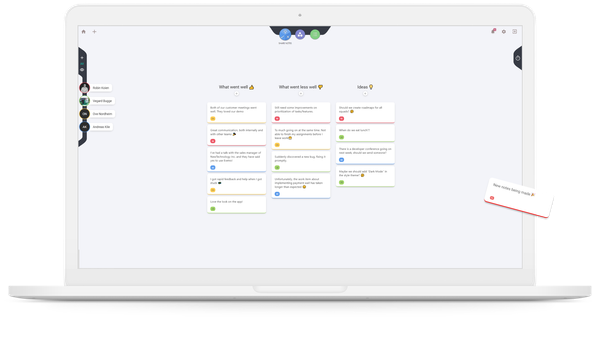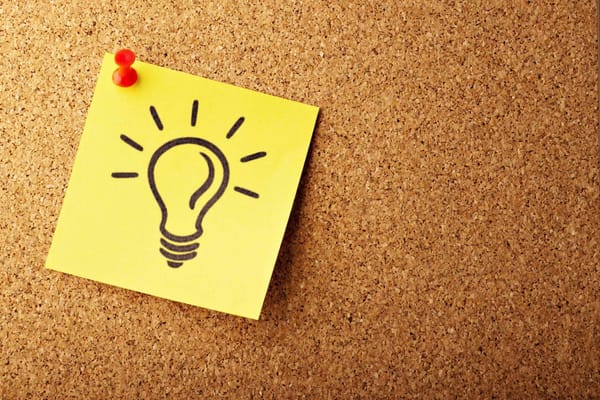Release Note: Evetro v1.3.1

What is new?
Home
- Dashboard has been renamed to Home, and does not function as a dashboard anymore. You can now see and add your own notes for the current retrospective in Home when you log in. The functionality on the page formerly known as My Notes has been merged into this new Home page.
- When entering Home for the first time, shortcuts for creating or joining a team will be displayed. If you don’t have any retrospectives in your team, the Home page will show a button to create your first retrospective to help you get going.
Notifications
- A new icon has been added to the top menu for in-app notifications.
- You will receive notifications for daily quotes and invites to teams.
- Notifications can be turned off in Control Panel.
Teams
- A new team structure has been implemented. You can now be a member of multiple teams and select the default team you want to add to your retrospectives. You can freely create as many teams as you want.
- You can invite individual users to a team by searching for existing users in Evetro or by generating and sharing a team invite code with your colleagues (one code lasts for 15 min, any older code will expire and be rendered useless).
- In version 1.3, there are no restrictions on the API functionality for teams: Each member of a team may edit its name, remove or invite other users, or even delete it.

Control Panel
- Teams and notification settings have been added.
Detailed Retrospective Info
- When clicking on a retrospective in Find, a modal will appear with more info about the retrospective.
- You can delete or edit retrospectives by clicking on the icons in the modal.
New Authentication System
- A completely new authentication system has been introduced to Evetro.
- We now use the identity service Auth0 to manage authentication.
- We support authentication with username/password and two Single sign-on solutions: Google and Github.
- NB: You will need to register a new user in Evetro, see this post for more info.
Data Recovery on Retrospectives from Older Versions
- We can attempt to recover your retrospective data if you were already registered on the old version of Evetro. See the link in the previous bullet point.
Retro Quick Switch
- This switch is visible from Home and in the retrospective.
- You can now quickly enter the current retrospective or quickly change the current retrospective if you have multiple ongoing retrospectives.
- This makes it easier for users to participate in multiple retrospectives at the same time, collaborate across multiple teams, or compare data between retrospectives.
New Retrospective Page
- The page for creating retrospectives has been completely overhauled.
- The new design uses the available space better.
- We now show an overview of all retrospective settings in the same view.
- By clicking on the agenda, you can now build your own retrospective agenda by dragging and dropping different elements onto a template.
- Several classic retrospective methods (such as Start-Stop-Continue, Mad-Sad-Glad, and Repeat-Avoid) have been added to make it easier for you to add some variation to the retrospectives.
- When creating a new retrospective, your current team members will be automatically added. You can add any team or member from your teams to your retrospective.
Action List
- We can now see any notes related to an action by clicking the i-icon (info) in the bottom right on an action item.
- A calendar icon has been added next to the date text.
API
- Six new queries and two new types of subscriptions have been added to our GraphQL schema.
Improvements
API
- Several breaking changes have been introduced, including renaming the "own" parameter to "mine" and updating team queries.
Find
- The box representing a retrospective in Find now has a new design.
- Since we now support many more classic retrospective methods, we have added an image representing each of them.
- We now differentiate retrospectives more clearly into categories based on their status.
- We have also freshened up the graphical design of the Find page.
User Interface and Experience
- Minor changes in the design, descriptions, and tooltips to better support the new version.
- The Note form now explicitly shows how many letters you may input in your note content (max 250).
- Improved page responsiveness: Introduced shared application state for common data, reducing query load on the backend.
- Remember selected team and retrospective: The currently selected team and retrospective are now remembered the next time the user logs in.
Fixes
- The tag input field in the note form now properly focuses when clicked.
- Notes created within a group on the Create Actions page will now always be added within that group.
- Notes created on the Create Actions page are now always public to participants of the retrospective and can no longer be marked as private.
- Fixed an issue where multiple notes were stacking up when moving them.
Operations
- All open-source third-party packages have been upgraded to their latest versions, including Babel v7.
- Internet Explorer is no longer supported.
- SparkPost has been set up as an external email service for verification links.
- The runtime environment for our server software has been upgraded to a newer LTS edition.




